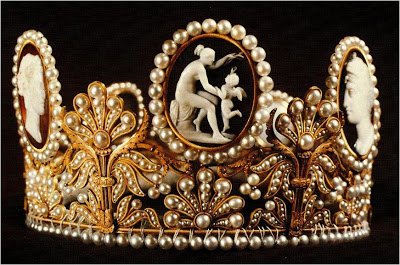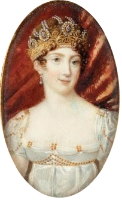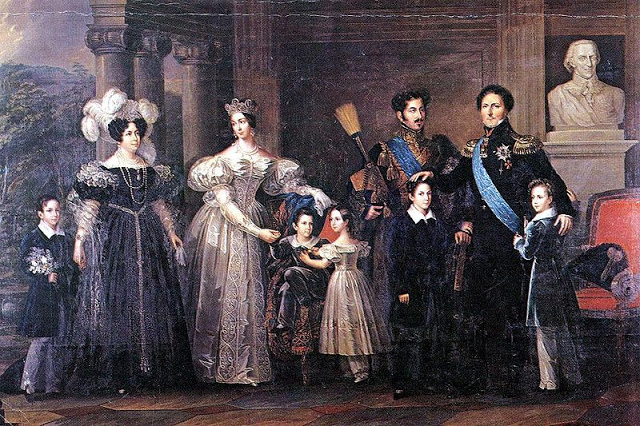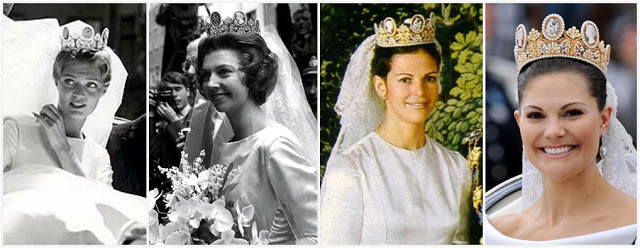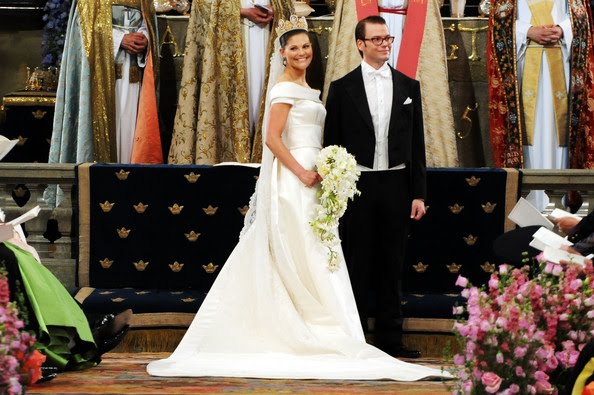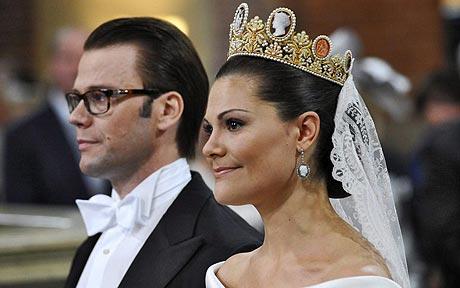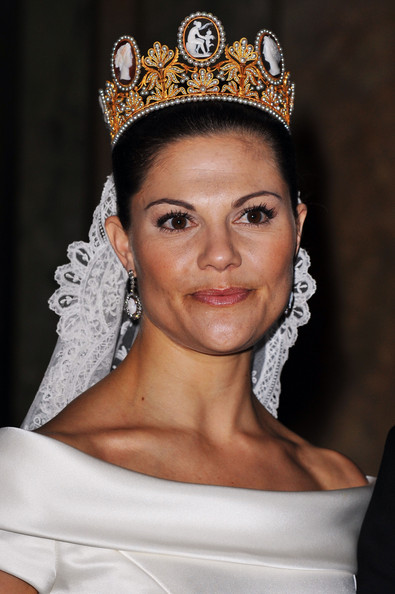The Stuart Sapphire
/The Stuart Sapphire is a 104-carat blue sapphire that is a part of the British Crown Jewels. It is believed that the stone belonged to Charles II, and that it was most likely among the jewels that his successor, James II took with him when he fled to France in 1688. The stone was then passed to his son, James Stuart (the ‘Old Pretender’) who left it to his son, Henry Benedict, known later as Cardinal York, who wore it in his mitre (hat).
Benedict eventually put the sapphire, and many other Stuart relics, up for sale. It was purchased by George III in 1807 and returned to the United Kingdom from present-day Italy.
On the Imperial State Crown worn by Queen Victoria, the jewel was front and center below the Black Prince’s Ruby. In 1909, during the reign of Edward VII, the stone was moved to the back of the crown to make way for the 317-carat Cullinan II diamond. Today the sapphire still sits at the back of the crown used by Queen Elizabeth II.
The gemstone is oval-shaped, about 3.8 cm long and 2.5 cm wide, and has one or two blemishes. At some point a hole was drilled at one end, probably so the stone could be worn as a pendant. On the back is a miniature plaque engraved with a short history of the crown.
